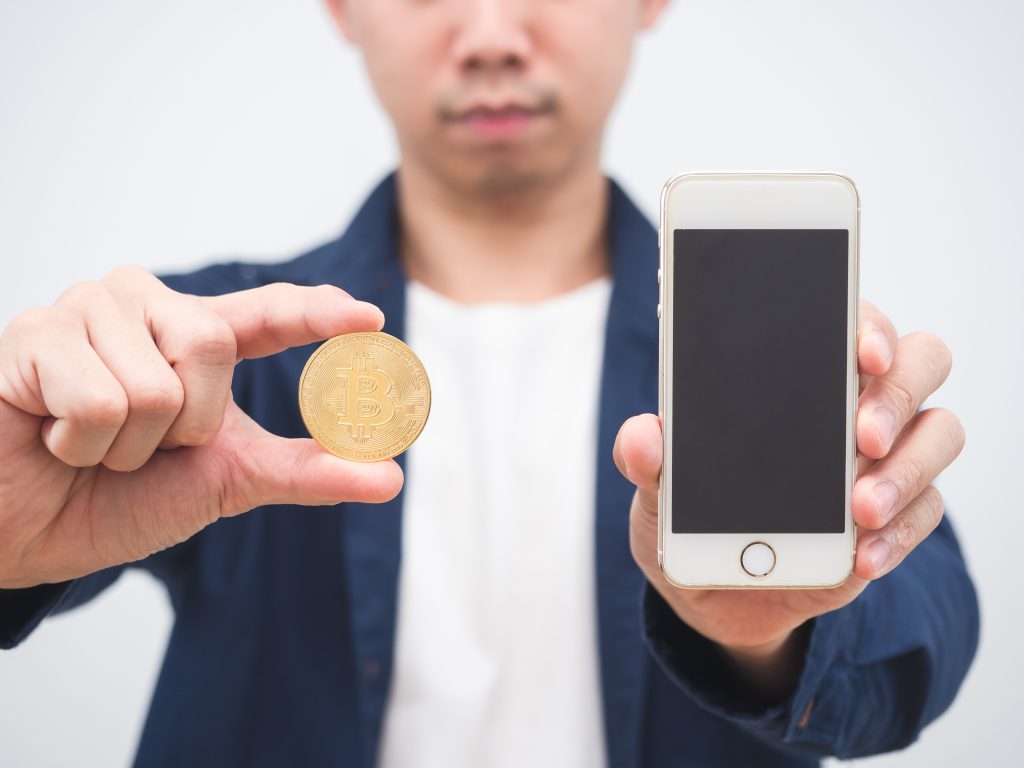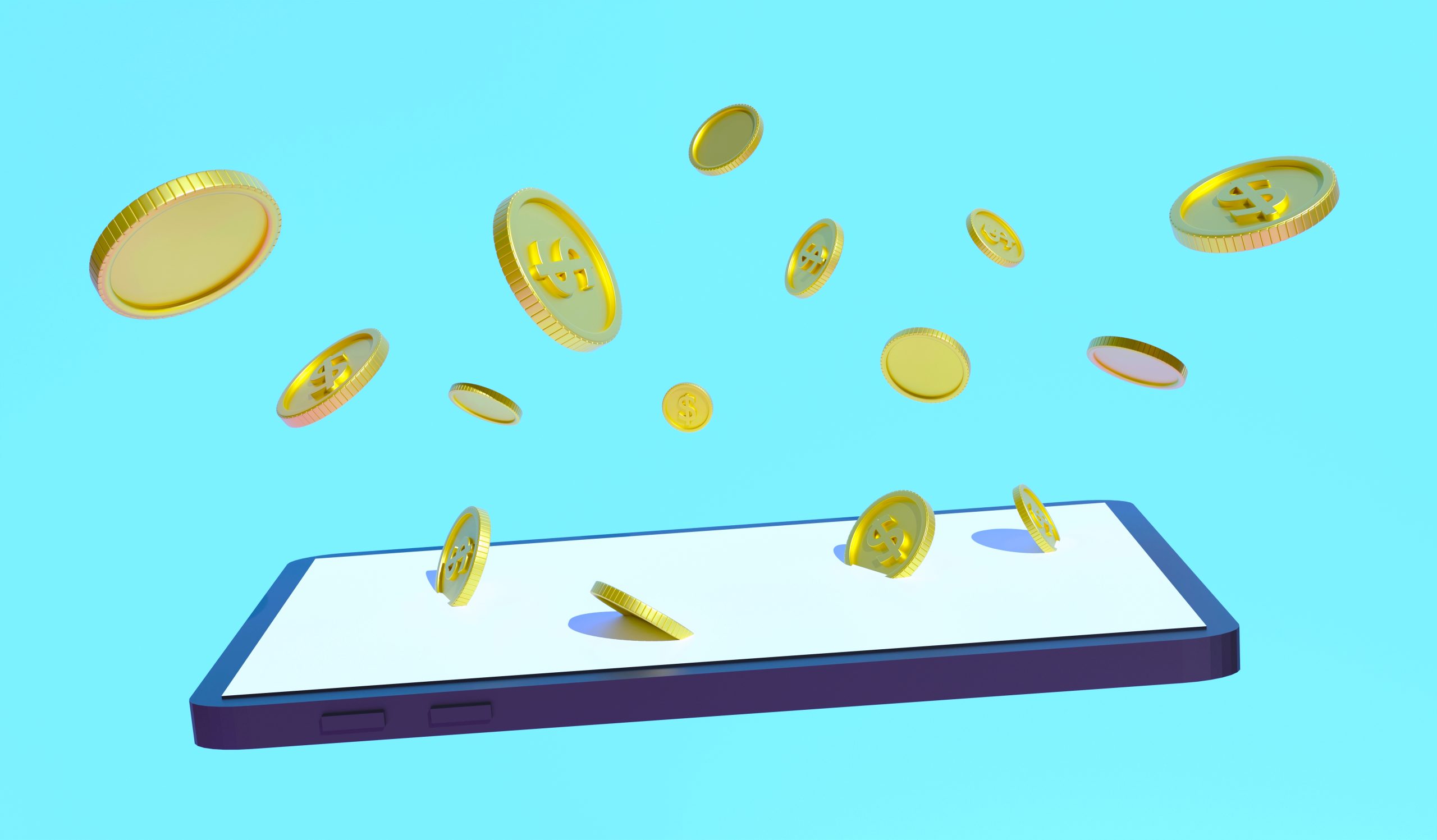Mobile App Monetization: Best Practices For Long-Term Growth
The mobile app ecosystem is more competitive than ever. With over 2 million apps in both the Apple App Store and Google Play Store, building an app is only the beginning. The real challenge? Monetizing it in a sustainable, user-friendly way that supports long-term growth.
Whether you’ve launched a gaming app, productivity tool, or lifestyle platform, having a solid monetization strategy is key to turning downloads into dollars — without compromising user experience. In this guide, we’ll explore the best practices in mobile app monetization and how to strike a balance between profitability and customer satisfaction.
Why Mobile App Monetization Matters
Many developers fall into the trap of focusing solely on acquisition — driving downloads and installs — without a clear path to revenue. Monetization is not just a financial strategy; it’s a core component of your app’s business model.
Done right, it:
- Generates consistent revenue
- Extends your app’s lifecycle
- Enhances user engagement
- Attracts investors or acquisition opportunities
However, poor monetization can lead to high churn rates, low app store ratings, and revenue plateaus. The secret lies in picking the right mix of monetization models and continually optimizing based on data.
Choose the Right Monetization Model
There’s no one-size-fits-all approach. The best monetization model depends on your app type, user behavior, and niche. Let’s break down the most common options:
a. In-App Advertising
Ideal for free apps with high user traffic. Ads can be integrated in multiple formats:
- Banner Ads – Small and unobtrusive, but lower revenue.
- Interstitial Ads – Full-screen ads shown at transition points.
- Rewarded Video Ads – Let users voluntarily watch ads in exchange for in-app rewards.
Best Practice: Use ads sparingly and strategically. Too many can ruin the user experience and increase uninstalls.
b. In-App Purchases (IAPs)
Allow users to buy virtual goods, features, or content. This model works best in gaming, e-commerce, or content-based apps.
Best Practice: Offer tiered pricing and bundle items to increase average revenue per user (ARPU). Highlight limited-time offers to create urgency.

c. Freemium Model
Give basic functionality for free and lock premium features behind a paywall. This approach works well for productivity and SaaS apps.
Best Practice: Make the value of upgrading obvious. Use onboarding to demonstrate how premium features solve real pain points.
d. Subscriptions
Recurring revenue through weekly, monthly, or yearly plans. Subscriptions are exploding in popularity — especially for fitness, meditation, and streaming apps.
Best Practice: Offer a free trial to reduce risk for users. Use push notifications and emails to remind users of the trial ending, then showcase ongoing benefits.
Prioritize User Experience (UX)
Monetization should never come at the cost of usability. Intrusive ads, confusing payment flows, or hard paywalls will push users away.
How to maintain balance:
- Conduct A/B testing for ad placements and pricing
- Use heatmaps and user session recordings to identify friction
- Allow users to opt out of ads (e.g., with a one-time purchase)
Remember: a happy user is more likely to convert and stick around. Prioritizing UX leads to higher lifetime value (LTV) and positive reviews — which, in turn, drive organic installs.
Leverage Data and Analytics
You can’t grow what you don’t measure. Successful app monetization relies on real-time data to optimize strategy.
Key metrics to track:
- Daily Active Users (DAU) / Monthly Active Users (MAU)
- Average Revenue Per User (ARPU)
- Churn rate
- Conversion rate (free to paid)
- Retention rates at 1, 7, and 30 days
Use tools like Firebase, Adjust, or Mixpanel to get granular insights. Segment your audience to identify high-value users and personalize offers accordingly.

Build a Strong Onboarding Flow
Your monetization journey starts the moment a user opens your app. A clear, engaging onboarding experience helps users understand your app’s value and encourages early engagement — which is critical for long-term retention and monetization.
Onboarding tips:
- Highlight premium features
- Offer incentives for completing onboarding (e.g., free trial, bonus content)
- Reduce friction (social logins, skip options)
Educated users are more likely to make purchases and stick with your app over time.
Localize Monetization for Global Markets
Monetization strategies that work in North America may fail in Asia or Latin America. Payment preferences, pricing sensitivity, and ad tolerance vary greatly across regions.
Actionable localization tips:
- Offer regional pricing
- Support local payment gateways (e.g., Paytm in India, MercadoPago in Latin America)
- Translate offers and purchase screens into native languages
- Adapt ad formats and frequency based on cultural preferences
A tailored approach can boost conversions and revenue significantly in emerging markets.
Experiment and Iterate
The most successful app developers treat monetization like an ongoing experiment. Try different strategies, pricing models, and content offerings. Use cohort analysis to understand what works and double down on it.
Examples of experiments to run:
- Offer A vs. Offer B (bundle discounts)
- Trial length: 7-day vs. 14-day free trials
- Ad frequency: 1 per level vs. 2 per level (for gaming)
- Time-based offers (e.g., 50% off for first 48 hours)
Always be testing, always be learning.
Final Thoughts
Mobile app monetization isn’t just about squeezing revenue from users — it’s about creating long-term value for both your business and your audience. With the right combination of monetization models, UX-first design, and data-driven decision-making, your app can grow steadily and sustainably in an increasingly crowded marketplace.
Success doesn’t happen overnight. But by following these best practices, you’ll be well-positioned to maximize revenue while keeping your users happy—the true foundation of long-term app growth.
___
by Thomas Theodoridis
source: MakeOwn.App
